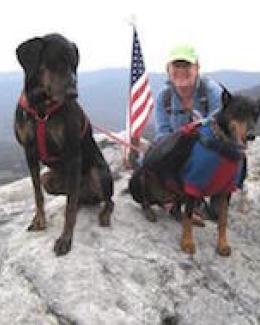Abstract
Northern peatlands store nearly one-third of terrestrial carbon (C) stocks while covering only 3% of the global landmass; nevertheless, the drivers of C cycling in these often-waterlogged ecosystems are different from those that control C dynamics in upland forested soils. To explore how multiple abiotic and biotic characteristics of bogs interact to shape microbial activity in a northern, forested bog, we added a labile C tracer (13C-labeled starch) to in situ peat mesocosms and correlated heterotrophic respiration with natural variation in several microbial predictor variables, such as enzyme activity and microbial biomass, as well as with a suite of abiotic variables and proximity to vascular plants aboveground. We found that peat moisture content was positively correlated with respiration and microbial activity, even when moisture levels exceeded total saturation, suggesting that access to organic matter substrates in drier environments may be limiting for microbial activity. Proximity to black spruce trees decreased total and labile heterotrophic respiration. This negative relationship may reflect the influence of tree evapotranspiration and peat shading effects; i.e., microbial activity may decline as peat dries and cools near trees. Here, we isolated the response of heterotrophic respiration to explore the variation in, and interactions among, multiple abiotic and biotic drivers that influence microbial activity. This approach allowed us to reveal the relative influence of individual drivers on C respiration in these globally important C sinks.


